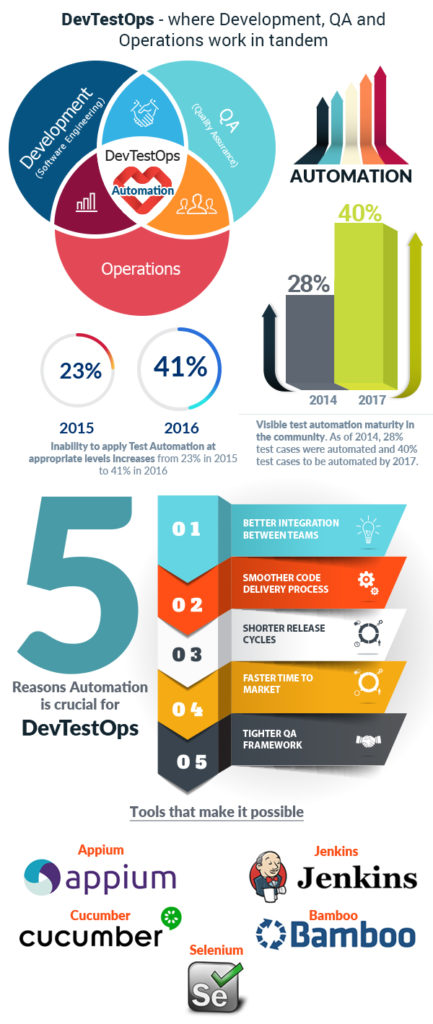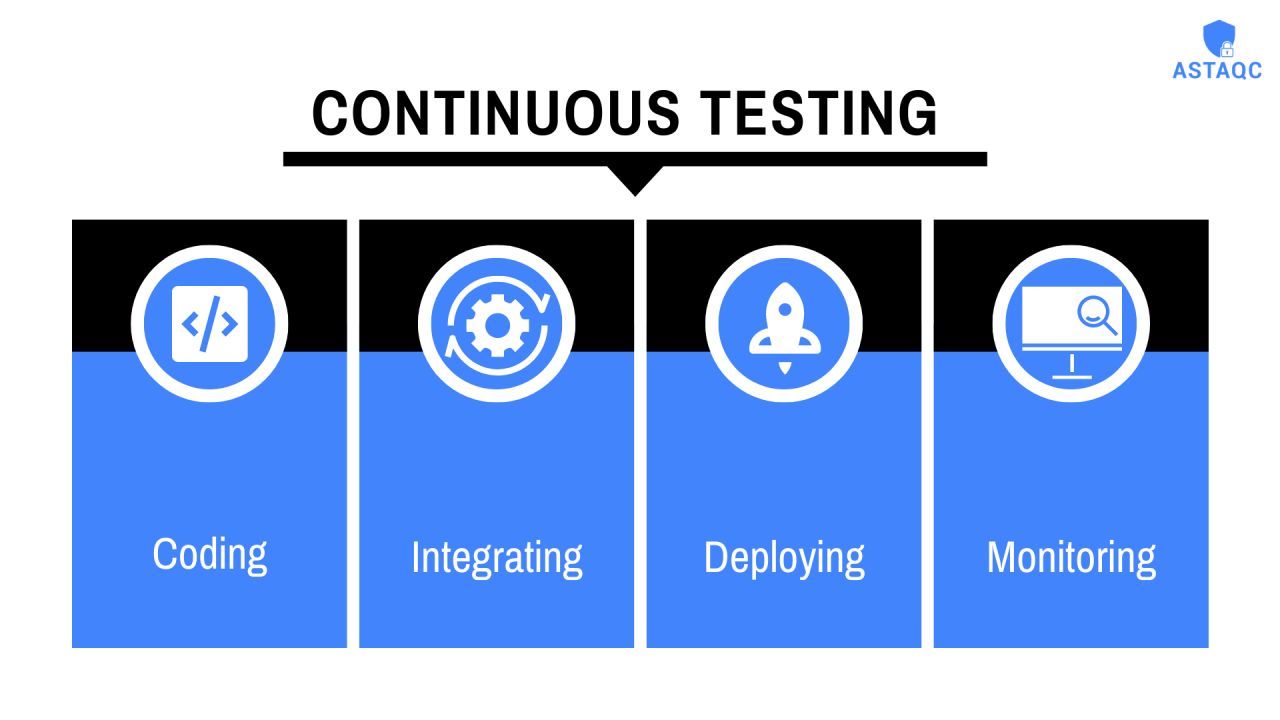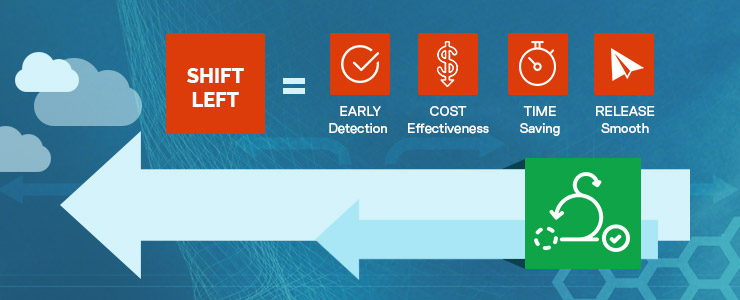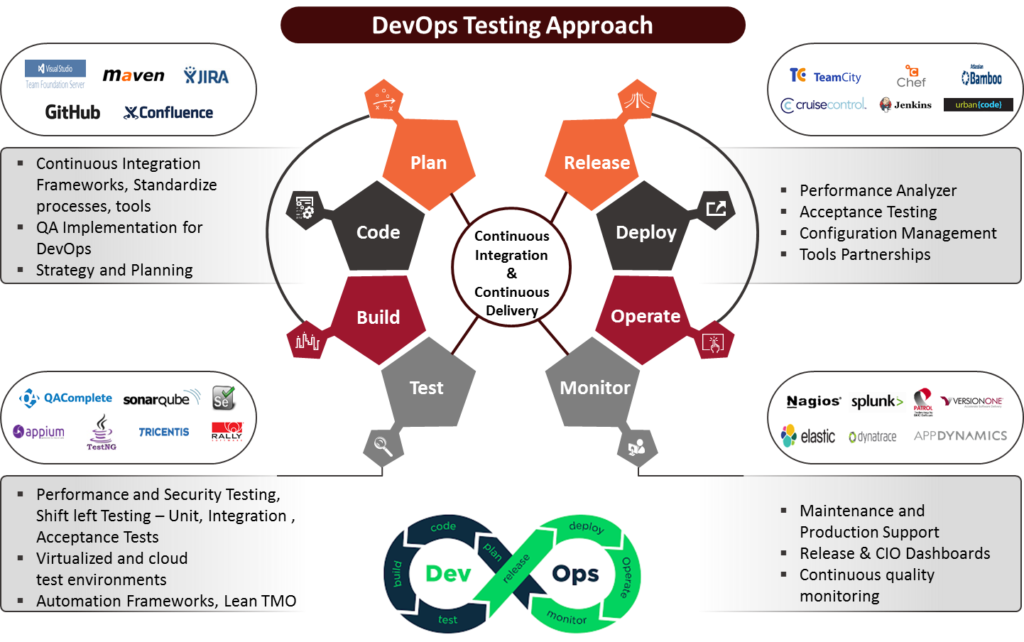So you’ve just launched a new mobile app to facilitate your customers. Congratulations! But in case you are feeling relaxed already, here’s a reminder – the work has actually just started. Before you go to market there are several things that need to be accomplished, testing being the foremost. Mobile application testing, in practicality, is a big field that includes different aspects like functional testing, lab testing, usability testing, interrupt testing etc. But our focus today is ‘performance testing’.
Scenarios Tested during performance testing of Mobile Apps
Mobile testing ensures consistency and flawless performance across mobile platforms. Performance testing falls in the category of non functional testing. An application’s performance on a mobile platform depends on the server through which the user accesses the application. Hence, in the process of performance testing, the environment keeps varying.
Download Free Whitepaper: Role of QA & Testing in Digital Transformation
In the former category, conditions like low battery, poor network coverage, low device memory, etc. are tested while in the later, the server is tested. As a tester, you need to understand how the app will react when a number of users are logged on to the server.
Performance testing helps in improving user experience on the application – an aspect that you cannot ignore.
Challenges Faced and the Right Approach to Performance Testing
A tester’s job is challenging, for there are many variables against which the application has to be tested. Some of the aspects that challenge the tester are:
- Bandwidth variation – Users have the option of using different mobile networks which translate into differences in network infrastructure, bandwidth etc. As a result information processing on these platforms varies.
- Multiple devices with different configuration – There are many different kinds of mobile platforms. Some have a QWERTY keyboard as input method while others have a touch screen, there is variation in screen size, hardware available, operating system being used etc. All lead to numerous challenges while testing.
- Mobile users keep the connection open – Security is an important aspect and it needs to be taken into account while testing. However, the different kinds of unsecure connections that are being used make the testers’ job a nightmare
- Frequent updates in mobile technology – Technology is changing so frequently that even the latest becomes outdated in time. In such a scenario, the tester has to integrate the aspect of relevance.
Performance testing the right way
When performance testing is done the right way, you can easily overcome the abovementioned challenges. Some of the things that can be done are:
- Define the goals: Have a clear idea of what you want from the app so while testing it you can be sure that the results are in concurrence with your goals. For instance, have in mind the number of users the app can handle or the kind of response time you think is realistic and acceptable.
- Create a realistic test environment: Your test environment should simulate real life conditions in which the app will operate. This will give you an idea of what will work and what will won’t.
- Do not compromise: Never compromise on the load while testing because is one variable that needs to be simulated to understand how the app will respond to real life situation. If you have to, you could compromise on some other aspects but be careful about how it can impact the app.
- Take baby steps: Start with smaller loads and graduate to the realistic one. This will help you figure out the errors when they occur and how can they be put right.
- Address all errors: Any response that looks like an error should be addressed. Do not just focus on response time or performance error. Even if the data is wrong or when the app behaves in a way not expected – check it.
- Document the test runs: Testing will have to be done over and over again to get perfect result. It will required iterations in successive cycles and hence you need to document them. This will help you understand in one go what works and what doesn’t.
Download Free E-Book: Test Data Management – Key Challenges
TechArcis’s Performance Testing:
Using our MagnaQ (MQ) Performance suite, We help you strategize and execute performance testing for a range of requirements such as responsiveness, scalability, reliability and availability. Our solution covers a wide range of applications and verticals.
Let us show you how our performance engineering solutions can be customized to your business for improved performance. Talk to us today
Other Resources






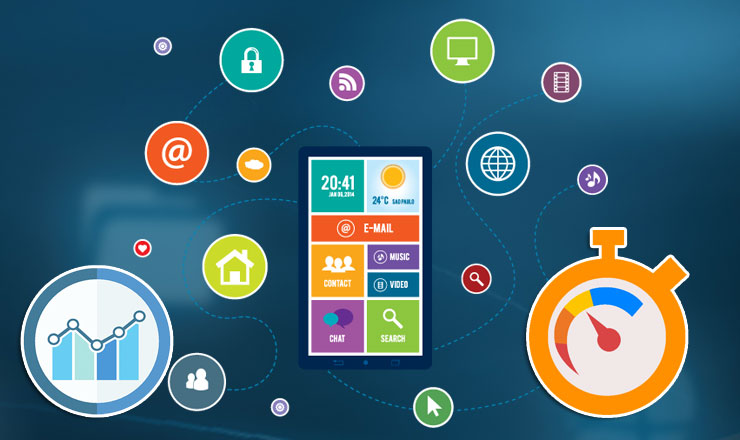


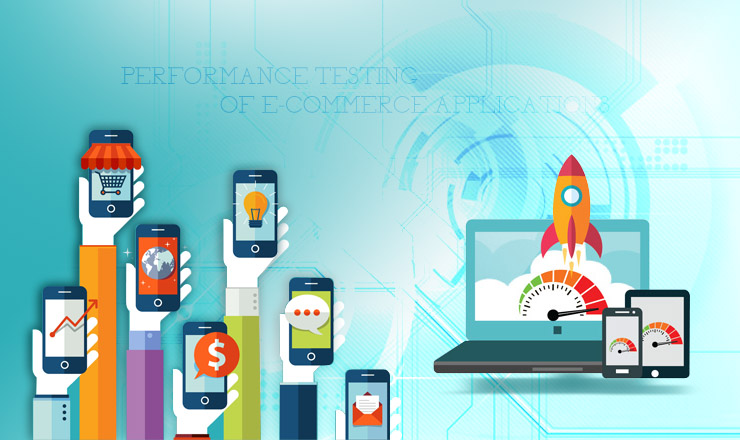






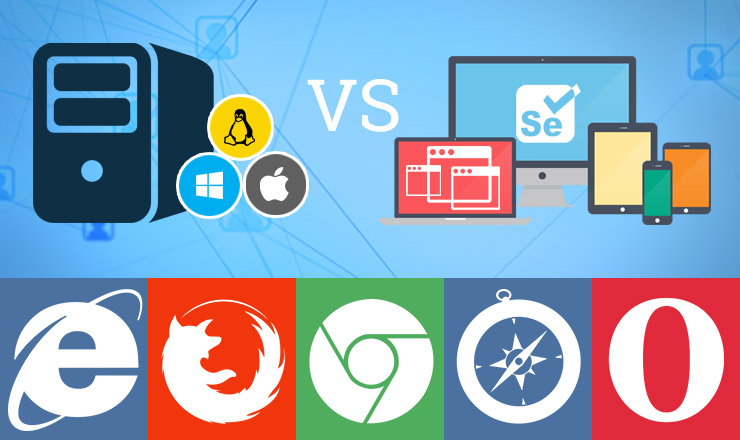
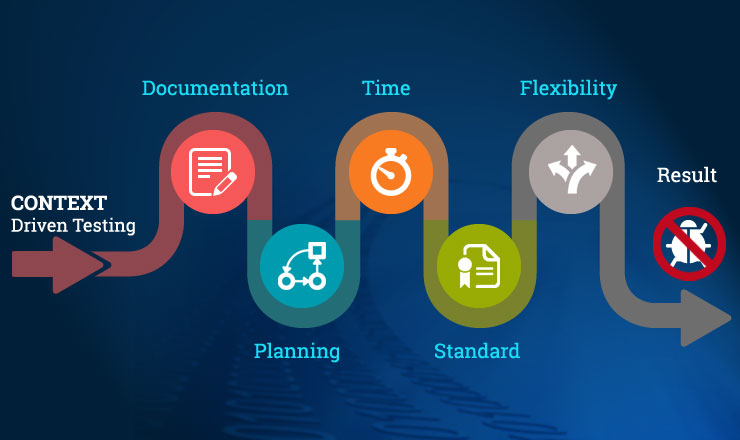

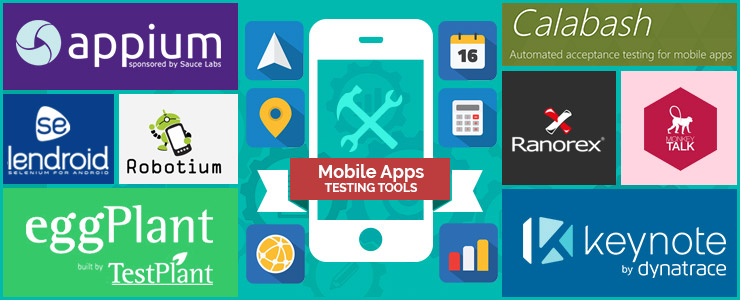
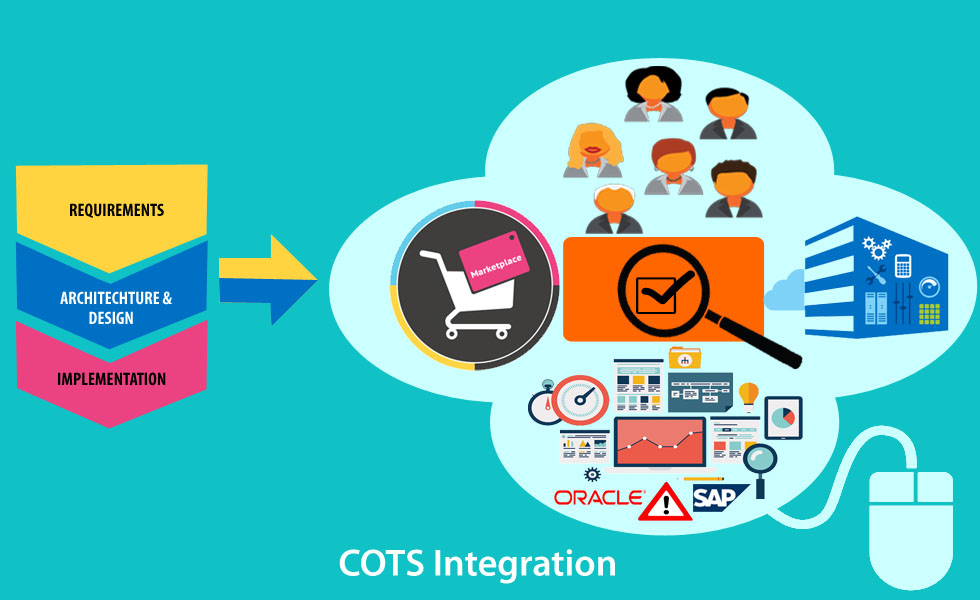

![[Infographic] How Automation is powering transition to DevOps?](https://www.techarcis.com/wp-content/uploads/2016/11/how-automation-is-powering-transition.jpg)
